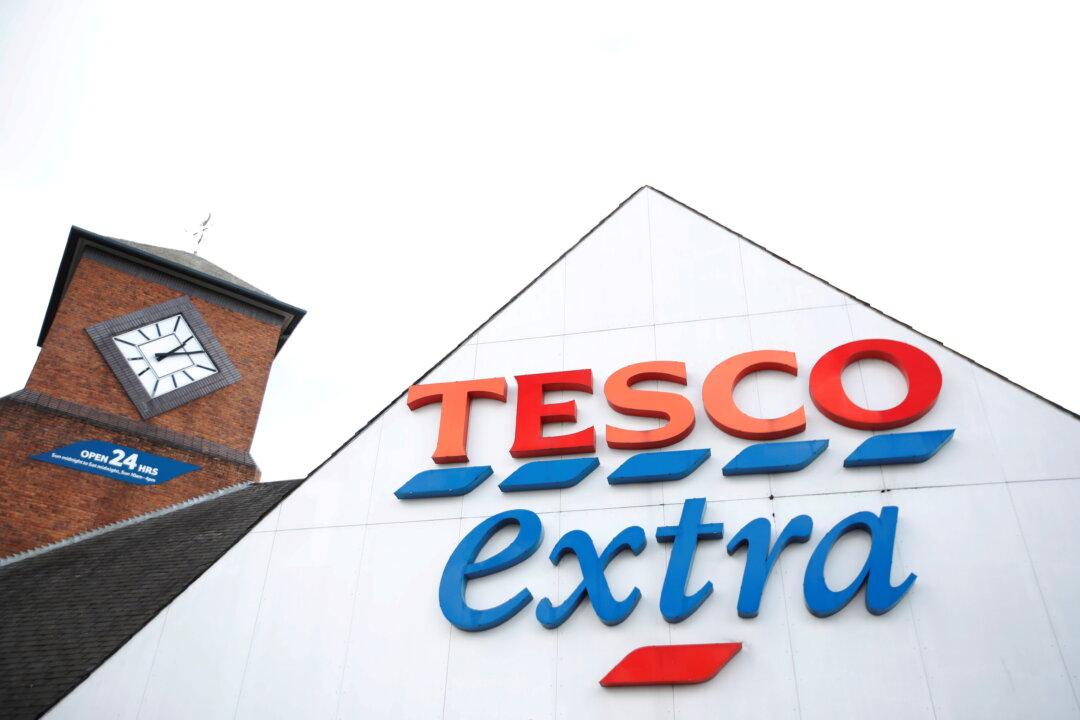LONDON—Tesco, Britain’s biggest retailer, raised its full-year earnings forecast on Wednesday after the unmatched scale of its store and online operations helped it outperform rivals in the first half and deliver a better-than-expected 16.6 percent increase in profit.
British retailers are battling supply chain disruptions and labor shortages. Supermarkets also face tough comparisons against record sales during COVID-19 lock-downs.





